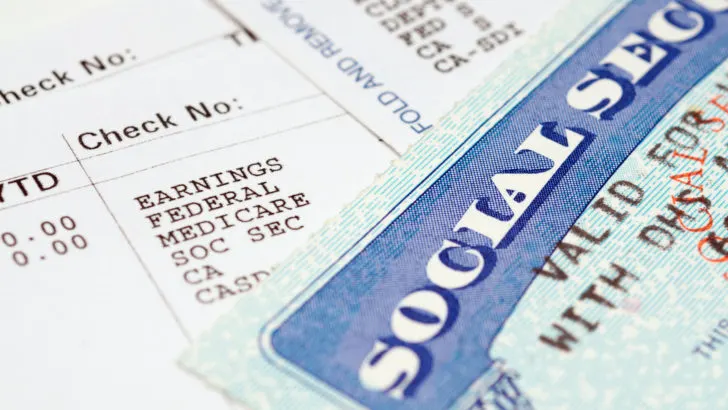We’ve discovered some huge upcoming Social Security changes in 2023. There are seven things you need to know, so let’s talk about how your benefits may be impacted and what you can do.
First, the COLA is one of the most anticipated Social Security changes in 2023!
This increase will begin at the turn of the year, so you should see that increase reflected in your January payments.
In order to calculate new amount of your benefits, you can take your usual 2022 amount and multiply it by 1.087 to find the new amount. This will just be an estimate. You should receive a letter describing your new amount after the COLA increase.
Every year, we hear from frustrated seniors and others who are worried that they are going to be hurt more than they are helped by that annual COLA increase. A lot of times, increases in Social Security payments result in an increase in Medicare premiums and a decrease in SNAP and other benefits. In the big picture, this can really hurt people who rely on these programs to make ends meet.
That’s why I’m thrilled that one of the Social Security changes in 2023 is that Medicare premiums are going DOWN. The standard Medicare premiums are dropping by 3% going into 2023 and, according to Forbes, this is the first time that the standard monthly premium has dropped in more than a decade.
According to the Centers for Medicare and Medicaid Services, the 2022 premium they established last year included a contingency margin to cover a new Alzheimer’s drug. They didn’t spend as much on that medication as they expected to, so they have decided to reduce the premiums effective this year to reflect that savings.
Third, the maximum Social Security benefits have increased.
According to the 2023 Social Security Fact Sheet, the maximum Social Security Benefit for a worker retiring at full retirement age will be $3,627 per month in 2023. The maximum SSI federal payment standard will be $914 for an individual or $1,371 for a couple.
That’s the most you can receive in a given month. Many people receive far less.
Fourth, the average benefits are increasing.
Of course, an average is just an average. Some will receive more, others will receive less… but according to the same fact sheet, the estimated average monthly Social Security benefits will be as follows:
- $1,827 as an average for all retired workers.
- $1,483 as an average for all disabled workers.
- $2,972 as an average for an elderly couple where both are receiving benefits.
- $3,520 for a widowed mother with two children,
- $1,704 for an elderly widower who lives alone
- $2,616 for a disabled worker with a spouse and one or more dependent children;
Fifth, 12 new diseases have been added to the compassionate allowances list!
If you have a condition that is on this list, you are eligible to have your disability application processed according to their accelerated procedures.
The new conditions include:
- Angioimmunoblastic T-cell Lymphoma
- Blastic Plasmacytoid Dendritic Cell Neoplasm
- Gerstmann-Straussler-Scheinker Disease
- Microvillus Inclusion Disease – Child
- Mowat-Wilson Syndrome
- Myelodysplastic Syndrome with Excess Blasts
- NUT Carcinoma
- Pfeiffer Syndrome – Types II and III
- Pontocerebellar Hypoplasia
- Posterior Cortical Atrophy
- Renal Amyloidosis – AL Type
- Sarcomatoid Mesothelioma.
This list now contains 266 conditions, from Acute Leukemia to Zellweger Syndrome, and you can find the full list on the Social Security website. If you have any of these diagnoses, your disability application may be eligible to receive special attention. I always recommend consulting with a disability attorney prior to filing.
Sixth, the maximum taxable earnings have increased.
The new amount is $160,000. This is the amount of earnings subject to the Social Security tax for people who are working.
Seventh, you can now self-select your gender.
This began rolling out in October. Basically, you can now self-select your gender without needing to provide any documentation about that designation. If you choose to change it, you will need to order a replacement Social Security card after you make the change. However, you do not need to prove that your selection matches your state-issued driver’s license or other identifying documents.


irvin Gonzalez
Tuesday 7th of February 2023
My daughter is pregnant and moved into my house as she will be a single mother, can i claim on her on my SSDI, so i can help her out while she lives with me?
Catherine Marucci
Wednesday 8th of February 2023
Hi Irvin. It may depend on her age and disability status. Here's more info: https://www.ssa.gov/benefits/disability/family.html#:~:text=Each%20family%20member%20may%20be,family%20members%20on%20your%20record.
Catherine Marucci
Wednesday 4th of January 2023
They may consider him as a part of the household. It's unfortunate how these things are calculated.